THE MISSING PIECE Collection - Serio Comics 45
THE MISSING PIECE Collection written and drawn by Shel Silverstein, published by Harper & Row then Harper
How I Learned About This Book
For many years I have read Maria Popova’s newsletter, previously named Brain Pickings, now The Marginalian.
It’s known as the “most mind-broadening and heart-lifting reflections spanning art, science, poetry, philosophy, and other tendrils of our search for truth, beauty, meaning, and creative vitality.”
And has been running since 2006.
Popova said about Shel Silverstein’s THE MISSING PIECE Collection:
“The best children’s books, as Tolkien asserted and Sendak agreed, aren’t written for children; they are enjoyed by children, but they speak to our deepest longings and fears, and thus enchant humans of all ages.
But the spell only works, as legendary children’s book editor Ursula Nordstrom memorably remarked, “if the dull adult isn’t too dull to admit that he doesn’t know the answers to everything.”
I remember not too long ago, I found myself becoming a "dull adult," growing more resistant to admitting that I didn’t know the answers to many things ;)
Shel Silverstein
Embracing uncertainty is something Shel Silverstein understood. His life and work reflect an ability to engage with the world’s complexities with humor and insight...
Shel Silverstein was a versatile American writer, poet, and musician. Known for his children’s classics like The Giving Tree and Where the Sidewalk Ends, his whimsical yet profound works have been translated into over 47 languages. As a songwriter, he penned the iconic Johnny Cash hit “A Boy Named Sue” and contributed to the outlaw country movement. Silverstein’s unique creative voice spanned from cartoons in Playboy to Grammy-winning recordings, leaving an indelible mark on literature and music. He passed away in 1999, but his legacy continues to inspire across generations.
THE MISSING PIECE Collection
The Missing Piece and The Missing Piece And The Big O were first published in 1976 and 1981, respectively, before being collected into one book in 2022.

It was missing a piece. And it was not happy.
What it finds on its search for the missing piece is simply and touchingly told.
The companion tale with THE BIG O is similarly inventive and heartwarming where the missing piece is in search of its perfect match.
The missing piece sat alone…waiting for someone to come along and take it somewhere.
All it wants is to roll along with its perfect match, but some are too small, others too big, and some fit yet don’t roll.
The missing piece feels sad and lonely until it meets the Big O...
Who teaches The Missing Piece with a little encouragement how to move forward…
The Simplest Drawing Style
I’ve mentioned simple drawing styles in the past.
But perhaps none of the other 44 Serio Comics enthused so far are so simply drawn.
Sometimes a whole page is just a line.
Signifying time passing or the character(s) rolling on.
Yet these pages feel just as necessary.
Similarly the crude drawings don’t distract but instead enhance the experience.
The simple form works with the simple lesson.
What is that lesson?
How To Love
Shel Silverstein’s central theme of these two books appears to be that another person is not going to complete us.
Which, in some ways, was and remains ahead of its time.
It contrasts sharply at least with my memory of the romantic comedies of the 1980s and 1990s.
It’s a theme that resonates deeply with me today, as I continue to navigate love and self-discovery in my own life and work.
In the first book, The Missing Piece, when the piece seems to find its missing piece…
Things don’t stay perfect forever...
And the first book ends with a note of permanent dissatisfaction with relationship.
In the second book, after learning that relationships sometimes involve uncomfortable growth from one partner which conflicts with another.
The Missing Piece meets The Big O.
It learns The Big O doesn’t think it needs a missing piece to complete them.
The Missing Piece however thinks it can’t roll on by itself in order to maybe later roll along with another for some part of its life.
But lo and behold…
I won’t tell you the rest ;0
Semiautobiographical?
Silverstein’s personal life—marked by a resistance to conventional relationships—may have influenced these stories.
According to the 2007 biography A Boy Named Shel, Silverstein never married and had sex with "hundreds, perhaps thousands of women."
Popova wrote in her piece on these two books from 2015:
It’s a story especially poignant for those of us who have ever…sought a partner to either fix or be fixed by, the result of which is often…never salvation or true love.
But a contrarian might say that Silverstein’s story about love not completing us is also a story about a rolling stone who gathers no moss…a person without a lasting love…
These multiple interpretations are perhaps the best thing about Silverstein’s books.
Such as The New Yorker’s Ruth Margalit’s revisiting of The Giving Tree, which distressed then inspired her.
William Cole, who turned down the manuscript when he was an editor at Simon & Schuster (Silverstein took it to Harper & Row), was troubled by its portrayal of parenthood: “My interpretation is that that was one dum-dum of a tree, giving everything and expecting nothing in return.”
When stories have a pat answer they’re perhaps easier to position as a publisher.
But they’re maybe ultimately of less perennial interest to multiple generations.
No Pat Answer in SHOULD WE BUY A GUN?
There were times when the drafts of SHOULD WE BUY A GUN? had a ‘pat answer.’
An epilogue about a Constitutional Amendment for one…
Yet, at the moment at least, one answer I learned is that there isn’t one answer.
So hopefully Ursula Nordstrom, who brought to life such multi-generational classics as E. B. White’s Charlotte’s Web (1952), Maurice Sendak’s Where the Wild Things Are (1963), and Shel Silverstein’s The Giving Tree (1964) is still a little bit right…
Maybe there are still people left, not too dull to admit, we don’t know the answers to everything…





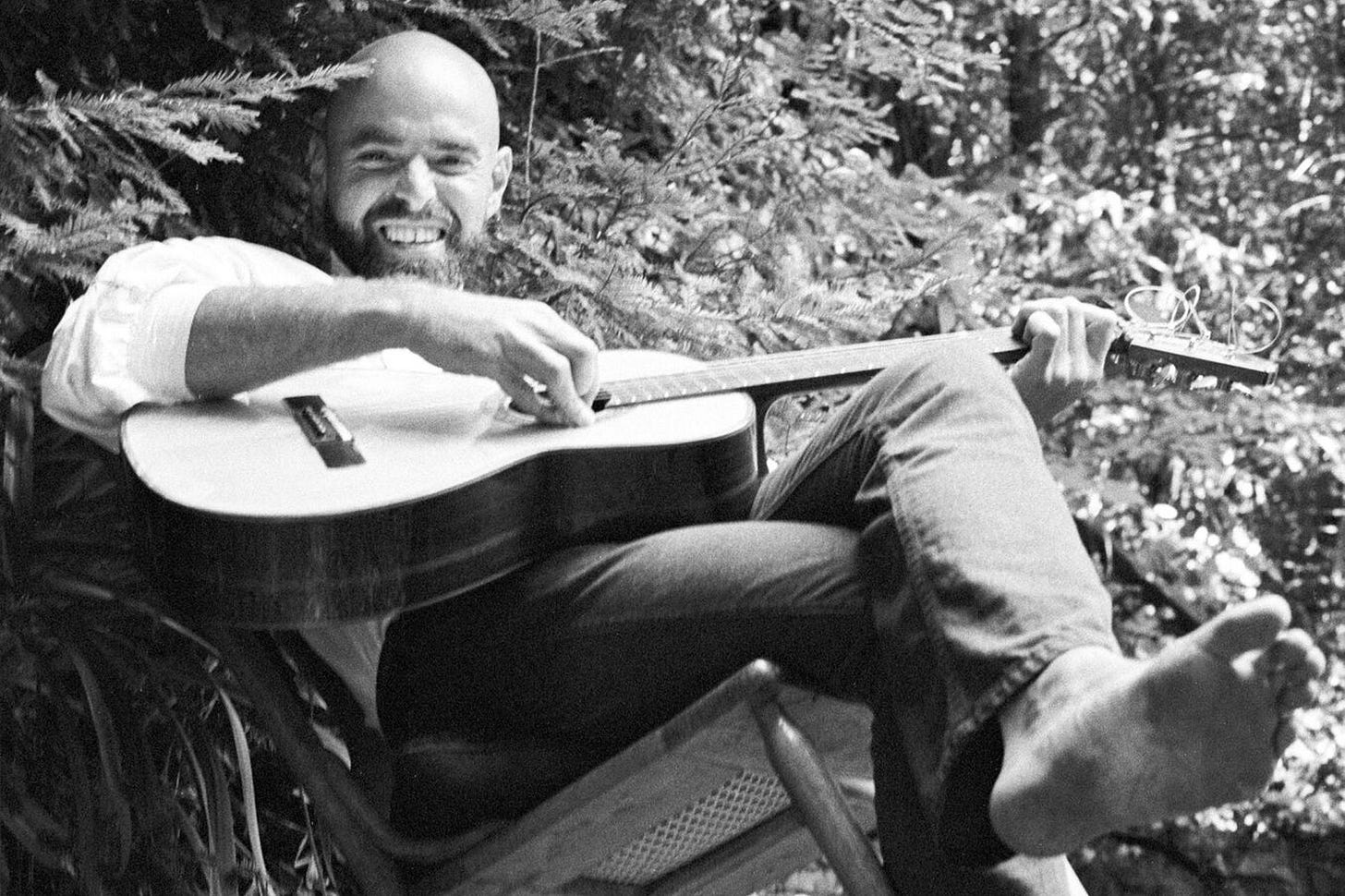


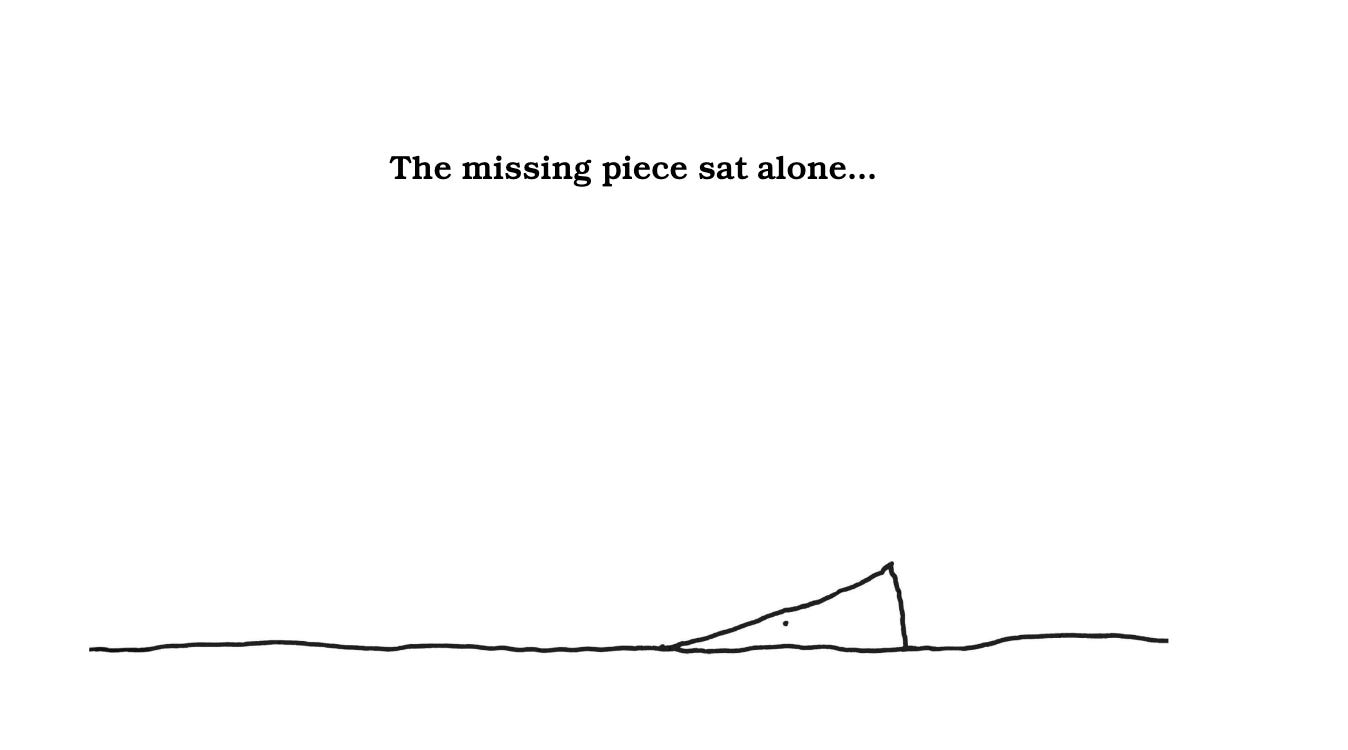
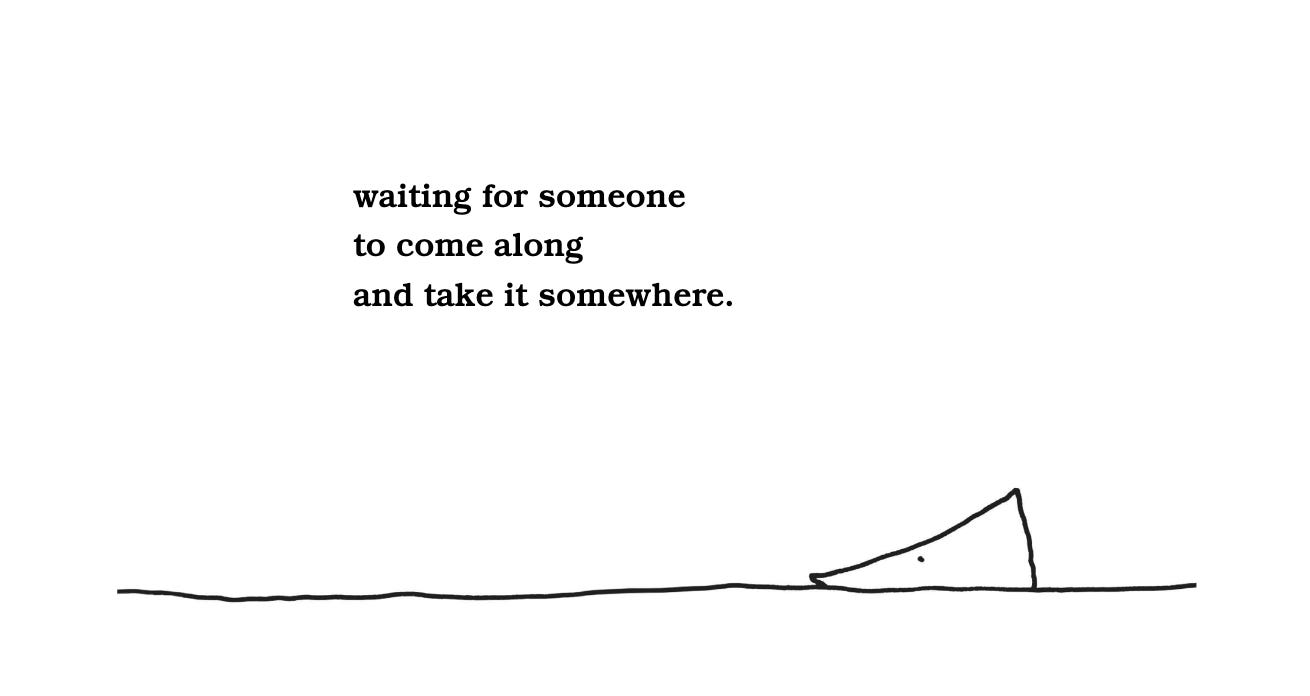


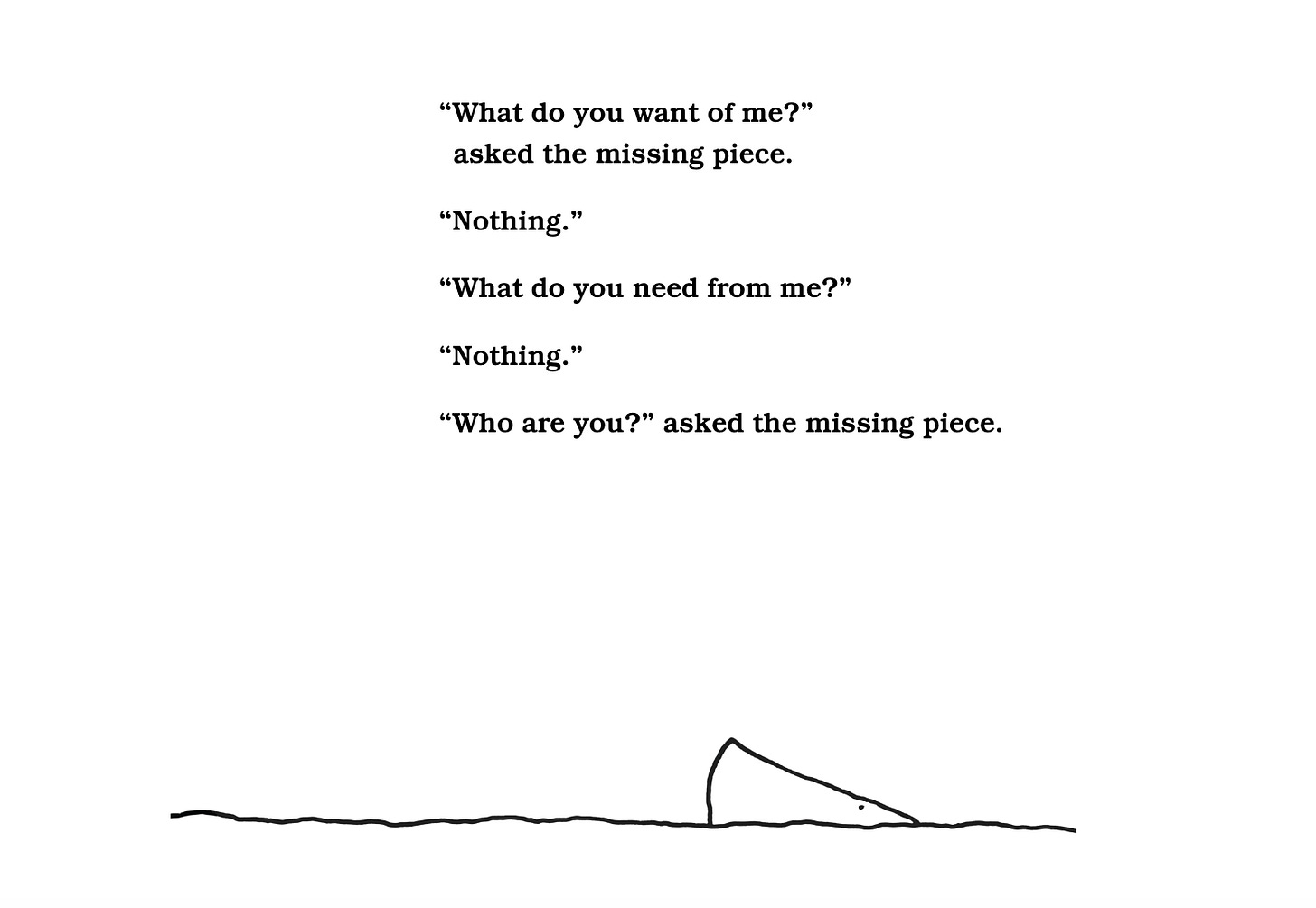




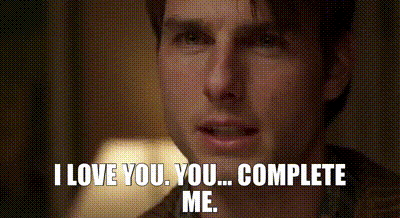


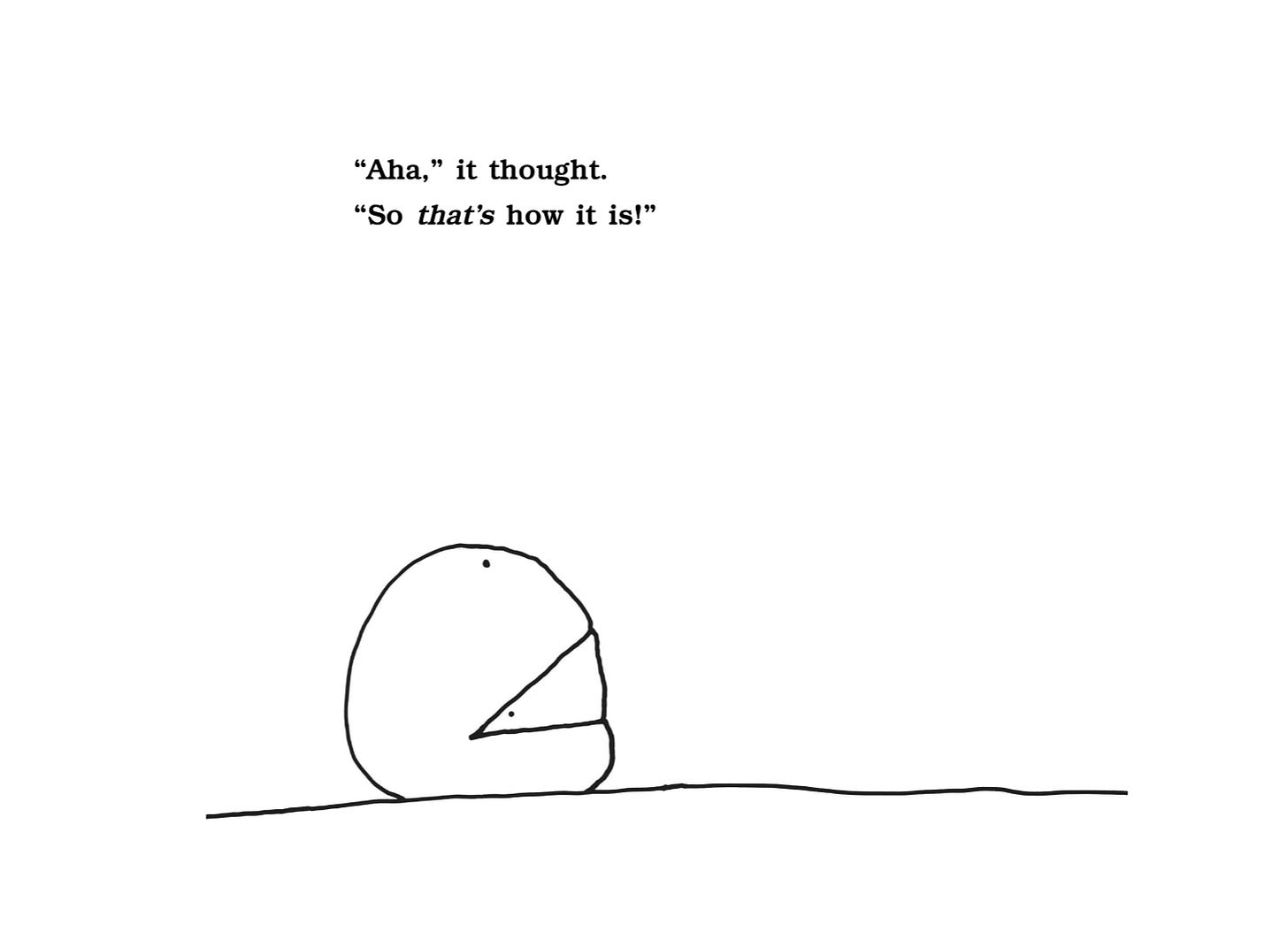





🙃🙃🙃🤗🤗🤗😘😘😘😍😍😍🥰🥰🥰